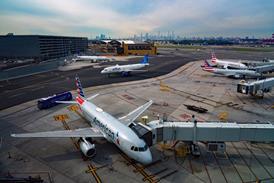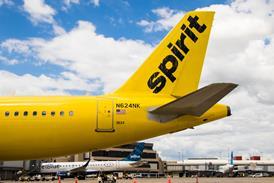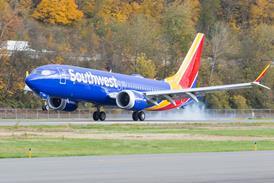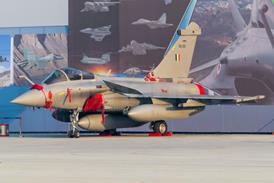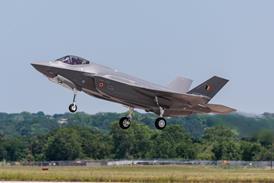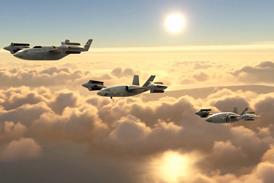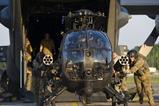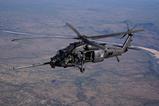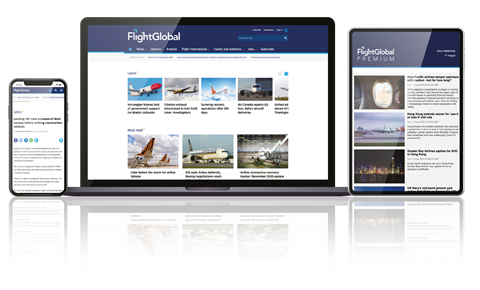The US Air Force (USAF) is putting pilots of the Lockheed Martin F-35 stealth fighter through their paces, with a particular focus on skills needed to operate in the Indo-Pacific theatre.
In the latest iteration of the ongoing combat readiness exercises known as Bamboo Eagle, F-35 crews were tested on skills needed to operate the single-engined jet over water for long duration flights. These include linking up with multiple tanker aircraft, navigating unfamiliar airspace and landing on different airfields from where the flight launched.
“We have new F-35 pilots who have been with the squadron for two months and they’ve refuelled more this week than they ever have before, and in conditions they never have before,” says Lieutenant Colonel Bryan Mussler, commander of the USAF’s 421st Fighter Squadron.
“We’re hundreds of miles out over the ocean, and you can’t simulate that feeling,” he adds.
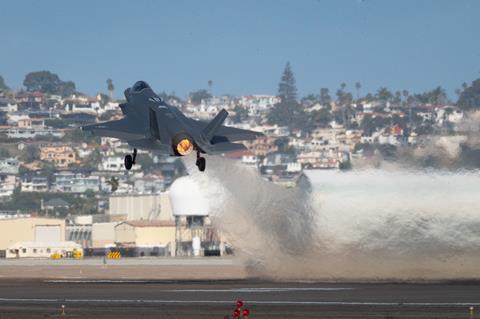
The 421st is normally based at Hill AFB in landlocked Utah. For the latest iteration of Bamboo Eagle, which ran from 10-14 February, the squadron operated from NAS North Island in San Diego, California.
“Our day-to-day training at home station is very low risk compared to the actual fight,” Mussler says. “Bamboo Eagle helps us bridge that gap to combat, so when that night comes, we are confident with what we’re being tasked to do.”
Combat missions assigned to the aviators included many of the standard F-35 specialities such as offensive and defensive counter-air, escorting duty and identifying and targeting enemy surface-to-air threats.
However, the drills sought to inject the unpredictability of actual combat into the training, extending sorties beyond the initial parameters, re-tasking pilots with new missions mid-flight and diverting aircraft to alternate landing sites.
“The unpredictability built into this exercise gives us a realistic look at what the fight will be like,” Mussler says.
The drills also saw the participation of other assets, including Boeing F-15E fighters, Northrop Grumman B-2 Spirit stealth bombers, Boeing C-17 transports and ground-based tactical air control party teams. International partners such as the Japan Air Self-Defense Force, UK Royal Air Force, Royal Australian Air Force, and Royal Canadian Air Force also participated in the exercise.
Unlike the USAF’s famous Red Flag air combat exercises, Bamboo Eagle seeks to test the entire chain of personnel involved in sortie generation, under combat conditions. By contrast, Red Flag focuses more narrowly on exposing aviators to enemy tactics.
The USAF began running Bamboo Eagle in 2024, with a specific focus on so-called distributed operations featuring large numbers of forces disaggregated across an entire region, rather than concentrated at one or two large bases.
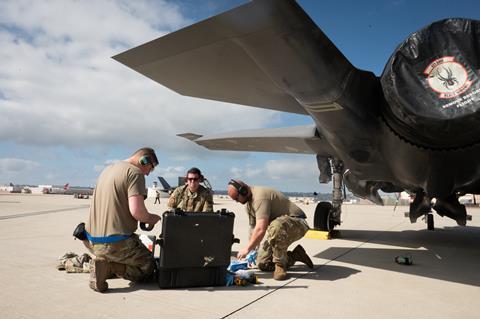
The exercises have placed a particular focus on the ability to generate combat sorties without a large infrastructure footprint and while under threat from simulated missile strikes.
China is believed to have built up vast stocks of long-range precision missiles that could severely hamper US and allied air operations at known bases in the event of a conflict. In response, the USAF has begun drilling aggressively on distributed operations, which the service calls Agile Combat Employment.
This includes challenging ground crews to re-arm and refuel combat aircraft, as well as providing the logistics support necessary to keep forward units supplied with the necessary equipment to sustain operations.
In 2024, senior air force leaders conceded they can no longer rely on large, forward bases in places like Japan, South Korea and Guam for generating the combat sorties needed to win a regional war in the Indo-Pacific.
“The USAF no longer has the luxury of projecting power from sanctuary bases,” said Major General Christopher Niemi, commander of the USAF Warfare Center.
“Airmen will be required to sustain the same operational tempo as before, but under the threat of large-scale enemy fires at a magnitude this nation has never seen.”


